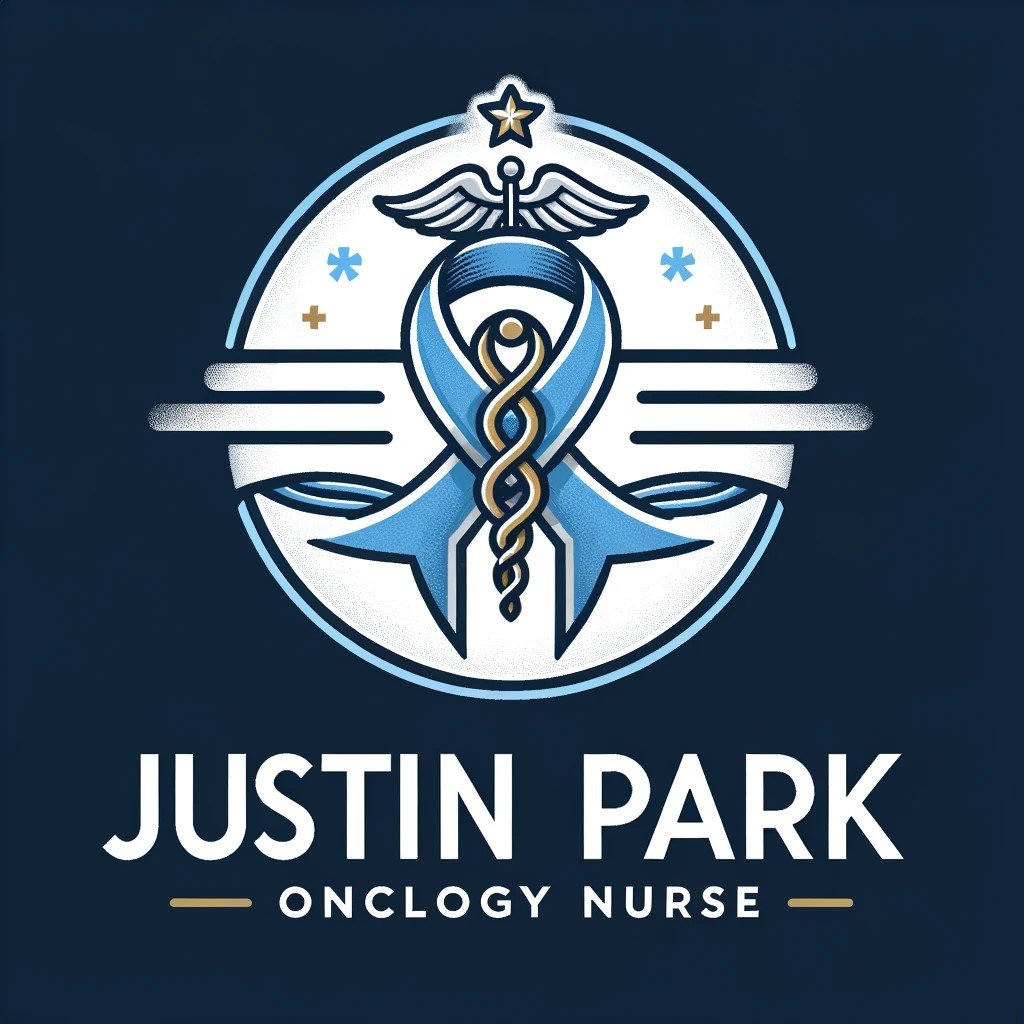NURS 417 Informatics
Purpose of Assignment: The purpose is to and compare the outcomes measures of 3 hospitals for outcome measures (surgical care, HCAPS, pneumonia, & ED wait times) and compare to state and national benchmarks. Students will develop an evidence-based plan to improve 1 outcome measure where benchmarks are not being achieved.
Student Approach to Assignment: In working on this assignment, I systematically gathered and analyzed data on key healthcare performance metrics from selected hospitals using tools like the Medicare hospital comparison tool. I focused on understanding and improving patient care quality through benchmarking against national and state standards in areas like patient mortality from pneumonia, emergency department throughput times, and patient satisfaction levels.
Reason for Inclusion of the Assignment in the Portfolio: This assignment is included in my portfolio to illustrate my analytical skills and ability to apply informatics in evaluating and enhancing healthcare quality. It showcases my ability to use a wide range of sources to retrieve benchmarking data and use that information in a data-driven approach for making informed decisions to improve patient care and outcomes.
Outcome 16:
Identify sources and applications of national safety and quality standards and hospital standards of practice to guide nursing practice.
I specifically used National Safety and Quality Standards to guide nursing practice by analyzing pneumonia death rates and comparing these with national averages across several local hospitals. For example, in the paper, I dive into how the national average for pneumonia death rates is 18.2%. Yet, Chesapeake General Hospital's rate is 17%, indicating better performance than the national standard. This information is vital as it validates that policies and procedures used at Chesapeake General Hospital are effective.
Outcome 29:
Interpret benchmark and unit outcome data to inform individual and microsystem practice.
I interpreted benchmarking unit outcome data by comparing hospital emergency department wait times against state and national averages. The paper shows that Chesapeake General Hospital's median wait time is 169 minutes, better than the national average of 211 minutes. This highlights areas where Chesapeake General Hospital outperforms others. I also used national benchmark data to show that Chesapeake General Hospital is behind state national averages for sepsis care. Using this information, I created a performance improvement plan using a DART-based protocol to improve sepsis care at Chesapeake General Hospital.
Outcome 30:
Accesses and utilizes data and information from a wide range of sources to evaluate patient safety and care outcomes.
I accessed and utilized a broad range of data sources to compare emergency department throughput times and evaluate patient care outcomes. I compared the median time patients spent in the emergency department across the three hospitals with the state and national averages. For instance, Chesapeake General Hospital's median emergency department throughput time was 169 minutes, lower than the national average of 211 minutes. This analysis helped to highlight the efficiency of patient flow in the emergency department, an essential aspect of patient care and safety, as prolonged wait times can lead to worse outcomes in emergency conditions. By gathering and analyzing this diverse data set, I was able to comprehensively evaluate the patient safety and care outcomes at the hospitals in question, demonstrating a data-driven approach to understanding and improving healthcare.
Outcome 38:
Uses informatics to enhance one's own knowledge base to provide patient centered care and support teaching.
As mentioned in the paper's appendix, I used informatics tools to support patient-centered care by creating graphical representations of benchmarking analysis. This enhanced my knowledge base and aided in conveying complex data in an understandable format, supporting both patient care and educational objectives. The use of the hospital comparison tool provided by Medicare to directly compare hospitals is a specific example of how informatics was used to gather and analyze data relevant to patient-centered care and teaching.
